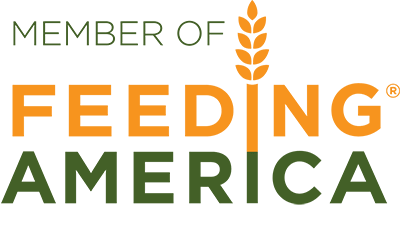7 tips on how to vary your protein routine
When you think of protein do you think of meat on the grill or crispy chicken? While protein is found in animal sources such as meat, poultry and fish it is also in plant sources such as nuts and seeds, peanut butter, eggs, beans and soy products.
We all need protein. Protein is a macronutrient and one of the building blocks of the human body. It plays a role in bone and muscle growth as well as aids in hormone and molecular reactions in the body. Our bodies need 5 to 7 ounces of protein a day (1 or 2 servings of palm-sized protein at each meal).
Here are 7 tips on how to vary your protein routine:
- Variety, variety, variety – Set a goal to have a variety of protein in your diet each week whether it is from animal protein (meat, chicken and fish) or plant protein (eggs, peanut butter, nuts and seeds, beans and soy). Try eating fish a couple of times each week or substitute meat for plant protein such as black beans or lentils. Having a variety guarantees we are benefiting from all protein has to offer!
- Select lean meat and poultry – Choose lean cuts of meat like round or sirloin and ground beef that is at least 93% lean. Trim or drain fat from meat and remove poultry skin. To save money, select ground turkey or chicken in place of ground beef.
- Keep it tasty and healthy – Try grilling, broiling, roasting, or baking—they don’t add extra fat. Some lean meats need slow, moist cooking to be tender—try a slow cooker for them. Avoid breading meat or poultry, which adds calories.
- Think small when it comes to protein portions – Protein is an important nutrient, but we often consume it in large portion sizes. Protein should take up ¼ of your plate, think a deck of cards or the size of your palm when fixing your plate.
- Eat plant protein foods more often – Try beans and peas (kidney, pinto, black, or white beans; split peas; chickpeas; hummus) and soy products (tofu, tempeh, veggie burgers). They are lower in saturated fat and some are higher in fiber.
- Try nuts and seeds – Nuts and seeds may be small but they pack a healthy punch in our diet! They contain protein, healthy fat, iron and fiber. Nuts and seeds are a concentrated source of calories, so eat small portions to keep calories in check. One serving is a handful or about ¼ cup. Nuts and seeds make a great snack or add-in for a crunch in a salad.
- Save with eggs– Eggs can be an inexpensive protein option and part of a healthy eating style. Make eggs part of your weekly choices.
For more healthy tips, follow us on Facebook and find more nutrition education tips and recipes here.
